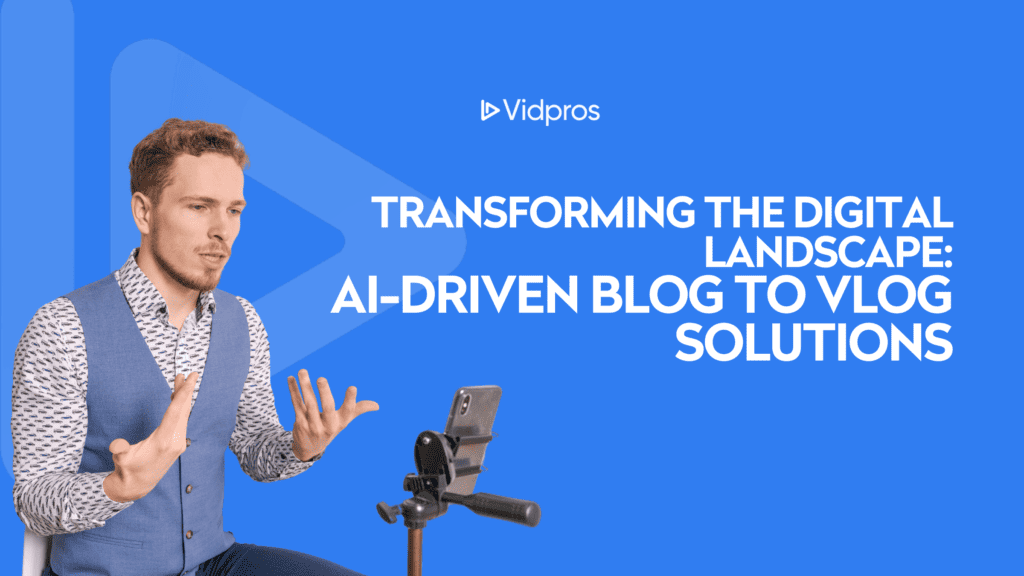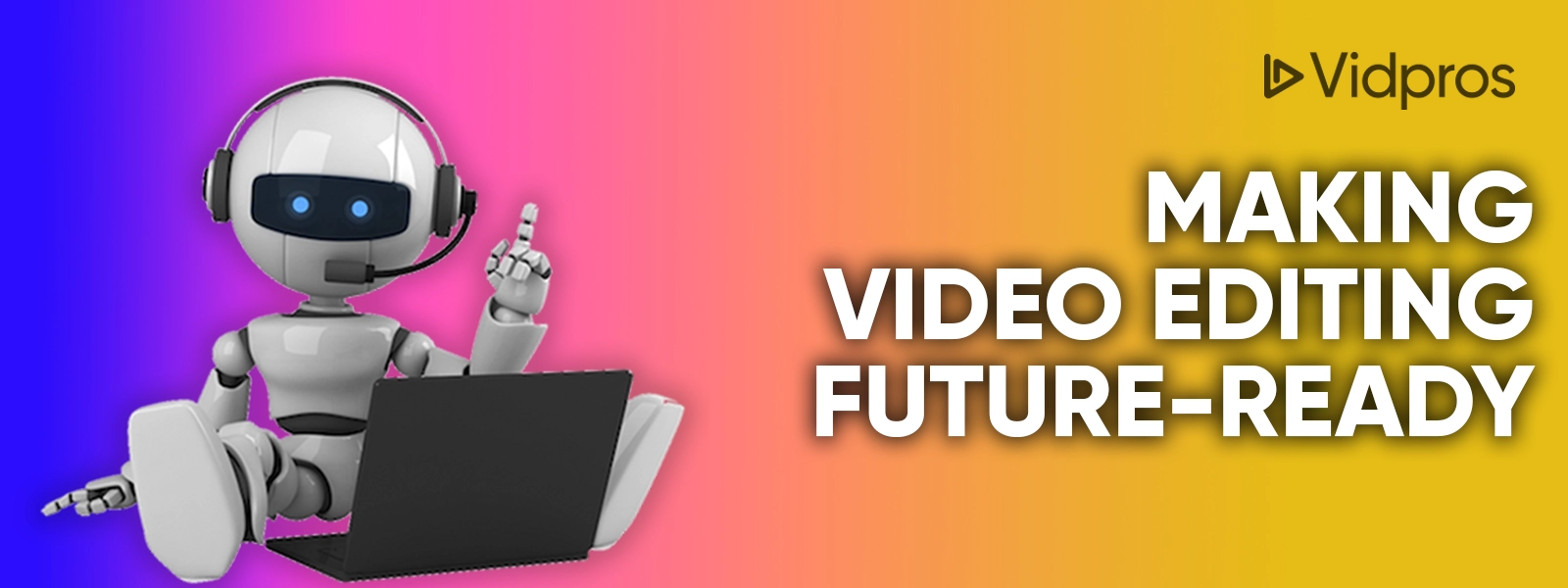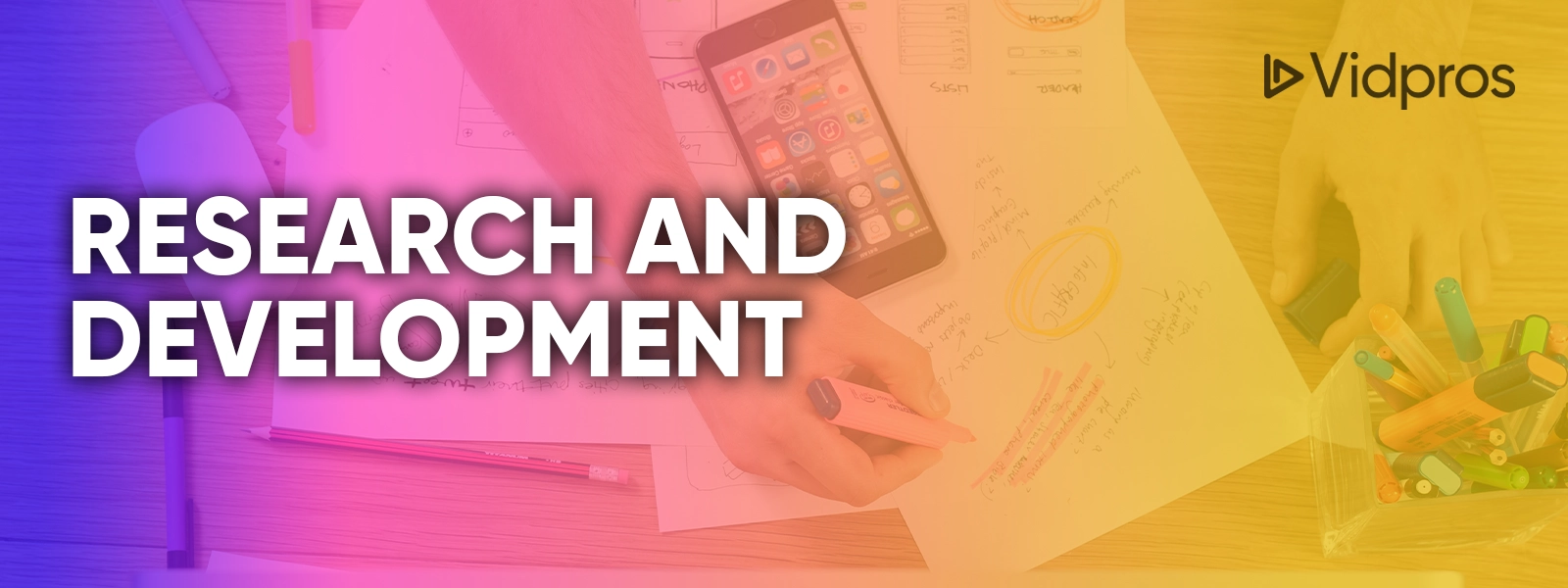The way we consume and develop content is constantly evolving in today’s digital landscape, from writing blog articles to creating a video blog.
One of the most groundbreaking and exciting developments in this arena is the rise of AI-powered blog to vlog software.
From blog to vlog: making video editing future-ready
This cutting-edge technology is revolutionizing how bloggers, marketers, and businesses create and distribute video content – all by automating the process of converting written blog posts into engaging videos in ways we could never have thought possible just several years back.
Let’s go together through this article to explore the groundbreaking innovations of AI-powered blog to vlog software and how it is transforming how we consume and create digital content.
Tracing the roots of blog to vlog software technology
The development of AI-powered blog to vlog software is a relatively recent phenomenon, and it’s still an active research and development area.
The earliest form of AI-powered blog to vlog software likely emerged around the early 2010s, when natural language processing (NLP) technology began integrating into content creation software.
NLP technology allows the software to understand the meaning of written content and extract relevant information, such as key themes and ideas, to generate a video script automatically.
Around the same time, text-to-speech (TTS) technology was also being developed and integrated into the software.
TTS technology allowed software to convert written content into speech, which could be used as video voice-overs.
In the following years, machine learning algorithms were developed and integrated into software, allowing automated video editing, such as selecting the best shots and synchronizing them with the audio.
Recently, computer vision technology has been integrated into software, which allows for image and video analysis, such as identifying objects and people and selecting the most relevant images for the video.
Other innovative features were developed, such as summarization, personalization, and other elements that can help to create more engaging and interactive videos.
Again, it’s worth noting that the field of AI-powered blog to vlog software is still in the early stages of development, and many companies and researchers are working on this groundbreaking technology.
Research and development
An AI-powered blog to vlog software uses natural language processing (NLP) and machine learning algorithms to convert written blog content into video content without the hassles of conventional manual processing such as image and video slide presentations, storyboard creation, etc.
The software can analyze the text, extract essential information and images, and turn them into a video with a voice-over, text, and images – all in a matter of minutes.
The technology has changed the content creation game by automating some of the more time-consuming and tedious aspects of video production, such as script-writing and editing, which can help content creators to produce videos quickly and efficiently.
While the technology is relatively new, numerous use cases for the software have made their way into several fields.
Blog to vlog software use cases
Here are a few examples of how AI-powered blog to vlog software is being used in different scenarios:
News organizations
News organizations can use this software to convert written news articles into video format quickly.
This allows them to reach a wider audience and distribute their content across multiple platforms, such as YouTube and social media.
Wibbitz, Adobe Sensei, and Lumen5 are some companies that provide this kind of technology.
Marketing and advertising
Businesses can use the software to convert written content, such as product descriptions or customer testimonials, into engaging videos.
Businesses can use these videos to promote products and services on social media and other online platforms. Lumen5 and Articoolo are examples of companies that offer this type of solution.
Education and e-learning
Content creators can use it to make instructional videos from written tutorials, making it more engaging and interactive for online learners.
Personal bloggers
Bloggers and content creators who publish a lot of written content can use AI-powered blog to vlog software to quickly create videos from their written content and reach a wider audience.
Vloggers and YouTubers
The software can be helpful for vloggers or YouTubers who want to quickly convert written content, such as notes or diary entries, into video format and share it with their followers.
It’s worth noting that the software is also being used in offline content creation, such as in the film and television industries.
For example, AI-powered software is being used to generate storyboards automatically and to make the editing process faster and more efficient.
Case studies and real-world applications
Now wait a minute, before you think this is nothing short of a promotional push for AI blog to vlog software, there are real-world outcomes and research to support the claims behind its capabilities.
Seriously, the implications of this technology are profound and compelling.
Here are studies and findings that explored various aspects of the technology in relation to its effectiveness, efficiency, and potential applications.
Some examples of published case studies and research findings include:
A 2018 study titled “Automating Video Production: A Study of the Wibbitz Video Creation Platform” by the Media Innovation Studio at the University of Oregon examined the effectiveness and efficiency of Wibbitz’s AI-powered video creation platform in automating the video production process.
The study found that Wibbitz’s AI-powered video creation platform effectively automates the video production process, and it could produce a video in under two minutes.
The study also found that the videos produced by the platform were of comparable quality to those produced by human editors and that the platform was easy to use.
However, the study also found that the platform’s ability to personalize videos could have been improved.
Another study, “Machine Learning for Video Compression” (2019) by researchers at the Massachusetts Institute of Technology (MIT), used machine learning algorithms to improve the efficiency of video compression, which can be used in blog to vlog conversion.
Findings revealed that machine learning algorithms can be used to improve the efficiency of video compression, which can help to reduce the file size of videos.
The researchers also found that the use of machine learning algorithms can improve the visual quality of videos, even at low bit rates.
A more recent study in 2021 titled “Generating Videos from Written Content: A Survey of Existing Approaches” (2021) by researchers at the University of Cambridge surveyed the existing approaches to generating videos from written content and evaluated the strengths and weaknesses of each approach.
The study found that there are several existing approaches to generating videos from written content, including template-based methods, rule-based methods, and machine learning-based methods.
It further showed that machine learning-based methods are the most promising, as they are able to generate more natural and coherent videos.
Researchers also found that the use of natural language processing (NLP) techniques is important for understanding the meaning of written content.
Lastly, the “AI-generated video summarization” (2021) study by National University of Singapore researchers used deep learning algorithms to summarize videos and automatically create shorter, more engaging video versions.
They found that deep learning algorithms can be used to automatically summarize videos and create shorter, more engaging versions of the video.
One of the findings also revealed that the use of deep learning algorithms can help to improve the temporal coherence of the video summaries, making them more natural and coherent.
Finally, the study also found that the use of visual features, such as object detection, can help to improve the video summary quality.
The top 4 AI-driven blog to vlog software
Wibbitz
This software has been used by a number of news organizations, such as the Associated Press and Forbes, to quickly convert written news articles into video format.
The company claims their software can produce a video in under two minutes, which has helped these organizations to reach a wider audience and distribute their content across multiple platforms.
The software’s AI capability uses natural language processing (NLP) and machine learning algorithms to convert written blog content into video content.
It can automatically analyze the text, extract key information and images, and turn them into a video with a voice-over, text, and images.
Wibbitz is popular among news organizations, as well as businesses, marketers, and other content creators.
WATCH: Creating Short Videos Using Wibbitz
Pros
Speed
Wibbitz claims to be able to produce a video in under two minutes, which can be a significant time-saving for content creators.
Ease of use
Wibbitz is designed to be user-friendly and easy to use, which makes it accessible to a wide range of users.
Customization options
Users can customize the videos generated by Wibbitz by selecting different templates, adding their own images and videos, and customizing the text and voice-over.
Quality
Wibbitz claims that the videos produced by their software are of comparable quality to those produced by human editors.
Cons
Personalization limitations
While Wibbitz allows some level of personalization, it still has some limitations, it’s not a full-featured video editor and it might not be able to personalize the videos to the same level of a human editor.
Limited creative control
Some users may find that they have limited creative control over the final product, as the software is doing much of the work automatically.
Dependency on the software The quality of the final video will depend on the quality of the input and the software capabilities.
It’s worth noting that these are general observations and the actual experience of using Wibbitz may vary depending on the specific use case.
As with any technology, it’s important to carefully consider the pros and cons and weigh them against your particular goals and needs when deciding whether or not to use Wibbitz.
Adobe Sensei
WATCH: Meet Adobe Sensei
Adobe has integrated its AI-powered technology, Adobe Sensei, into some of its creative software, such as Adobe Premiere Pro and Adobe After Effects.
This technology is being used to automate some of the editing process, such as color correction and image stabilization, which can help to save time and increase efficiency for video editors.
Adobe Sensei is an AI-powered technology developed by Adobe that is being integrated into a number of their creative software products, including Adobe Premiere Pro and Adobe After Effects, to automate some of the video editing process.
Adobe Sensei can be used to automate some of the editing process, such as color correction, image stabilization, and audio mixing, which can help to save time and increase efficiency for video editors.
WATCH: Adobe Sensei – AI Amplifying Human Creativity & Customer Experiences
Pros
Efficiency
Adobe Sensei can automate some of the editing process, which can help to save time and increase efficiency for video editors.
Quality
It uses machine learning algorithms to improve the quality of the videos, for example by color correction, image stabilization, and audio mixing.
Integration
The software is integrated into some of the most popular video editing software such as Adobe Premiere Pro and Adobe After Effects.
Cons
Complexity
Adobe Sensei is a complex technology that requires some level of technical knowledge to use effectively.
Dependency on the software
Adobe Sensei is integrated into Adobe products, so you need to use one of those products to use the technology.
Limited creative control
Adobe Sensei can automate some of the editing process, but it’s not a full-featured video editor, some users may find that they have limited creative control over the final product.
Lumen5
Lumen5 has been used by businesses and marketers to quickly create videos from written content, such as blog posts and social media updates.
The software can analyze text, identify key themes and ideas, and automatically generate a video script, with text-to-speech narration, in just a few minutes.
Lumen5 is an AI-powered blog to vlog software that uses natural language processing (NLP) and machine learning algorithms to convert written blog content into video content.
It allows users to create videos quickly by automatically analyzing written content and generating a script, selecting relevant images, and adding text overlays and music.
Lumen5 is popular among businesses, marketers, and other content creators.
WATCH: 20 New Lumen5 Video Templates
Pros
Speed
Lumen5 can quickly convert written content into video format, which can save time for content creators
Customization options
Users can customize the videos generated by Lumen5 by selecting different templates, adding their own images and videos, and customizing the text and voice-over.
Variety of video formats
Lumen5 offers a variety of video formats, including square, vertical, and horizontal, which makes it more versatile than other solutions.
Ease of use
Lumen5 is designed to be user-friendly and easy to use, which makes it accessible to a wide range of users.
Cons
Quality limitations
While Lumen5 videos can be of high quality, the quality of the final video will depend on the quality of the input and the software capabilities.
Limited creative control
Some users may find that they have limited creative control over the final product, as the software is doing much of the work automatically.
Dependency on the software
The videos generated by Lumen5 will be limited to the capabilities of the software and may not be adequate for advanced creativity and flexibility of professional video editors.
Articoolo
This AI-powered software has been used by content creators to generate written content, and then convert that content into a video with a voice-over and images.
Just like the ones mentioned above, the software also uses natural language processing (NLP) and machine learning algorithms to convert written blog content into video content.
It can automatically generate unique, high-quality written content by analyzing a topic, and then can use that content to generate video.
Articoolo is popular among content creators, marketers, and businesses that need to generate a lot of written content.
WATCH: Articoolo: An incredibly easy method that works for everyone
Pros
Content generation
Articoolo can generate unique, high-quality written content quickly and efficiently, which can save time for content creators.
Variety of content formats
It can generate written content in a variety of formats, including blog posts, articles, and product descriptions.
Customization options
Users can customize the written content generated by Articoolo by providing some input on the topic and selecting different templates.
Quality of the content
Articoolo uses advanced NLP and machine learning algorithms to produce content that is of high quality and unique.
Time-saving
It can quickly generate written content on a wide variety of topics, which can save time for content creators.
Cons
Dependency on the software
The quality of the final written content will depend on the quality of the input and the software capabilities.
Limited creative control
Some users may find that they have limited creative control over the final product, as the software is doing much of the work automatically.
Quality limitations
While Articoolo can generate high-quality written content, the quality may not be the same as that produced by human writers.
Conclusion
The use of AI-powered blog to vlog software is not only making it easier to create video content, but it’s also changing the way we consume it.
With the ability to automatically convert written content into videos, it’s opening new opportunities for creating engaging video content and reaching wider audiences.
This cutting-edge technology is changing the game for bloggers, marketers, and businesses, as it allows them to create high-quality videos in a fraction of the time and cost.
As AI technology continues to evolve, we can expect to see even more innovations in the field of video creation.
By considering the use of AI-powered blog to vlog software, you can stay ahead of the curve and give your content the best chance of success.
Ready to take your content strategy to the next level? Invest in the future of video creation with AI-powered blog to vlog software.
Table of Contents

Baring it All: An Upfront beCreatives Review
https://youtu.be/5gHBNpqC6nM?feature=shared beCreatives offers convenient online video editing with a modern, social media-friendly style. However, issues like inconsistent turnarounds, unexpected fees, and prioritization problems have caused friction. For total pricing transparency and efficient workflows, Vidpros emerges as a compelling client-focused alternative. Read on for a comprehensive beCreatives review. Contents beCreatives Website Experience When I first saw their video editing website, I
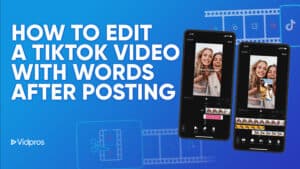
How to Edit a TikTok Video With Words After Posting
Editing a TikTok video after it is posted is not possible. However, users can easily download the video, delete it from their feed, edit it with words, and re-upload it. This can save a lot of time compared to starting over from scratch. Some content creators find the process of editing to be tedious; many would rather focus on creating

Become a Content Creator that Counts (Not Another Influencer)
Many professionals have this weird stigma against calling themselves content creators. I get it, the term has some effect and can make you feel like another social media influencer in this booming creator economy. But let me tell you, that mindset needs to be updated. Curating content is a super valuable skill that goes way beyond just posting on social
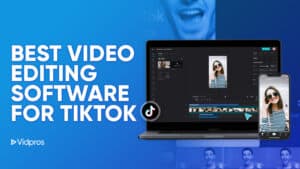
Best Video Editing Software for TikTok
TikTok’s in-app video editor is one of the best tools for content creators. However, other, more comprehensive types of softwareare out there, such as CapCut and Canva. Ultimately, the best editing tool for you depends on the style of the video and the depth of editing that is required. Filming TikTok videos is simple–the editing takes a substantial amount of
Developing your content delivery strategies is critical. Reach out to us and we can help you get started.

